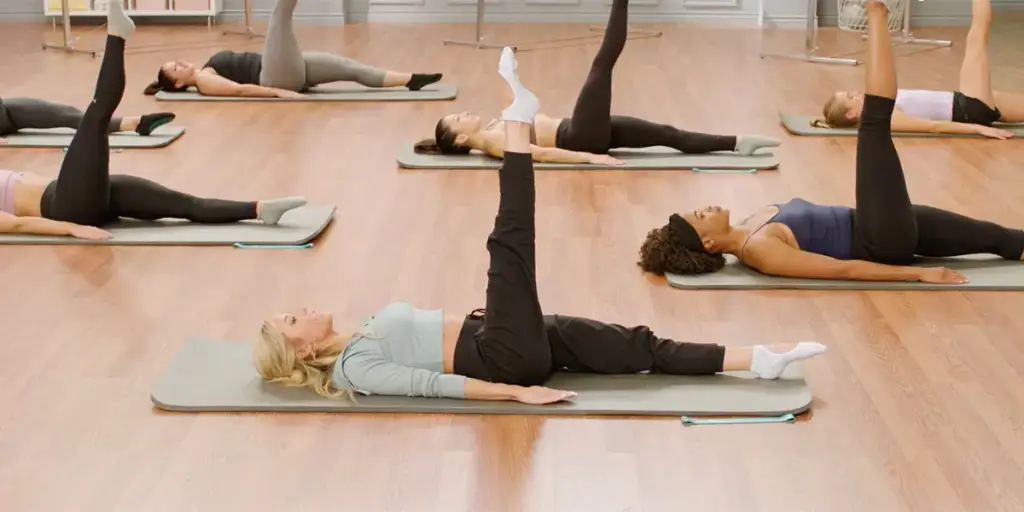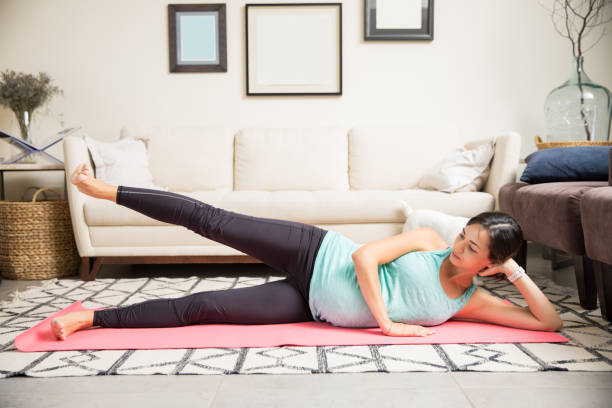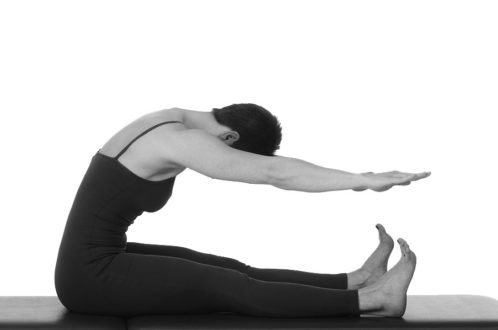Pilates has emerged as a preferred workout method for mature women across the U.S., thanks to its low-impact approach and focus on core strength, flexibility, and overall balance. For women aged 35 and older, Pilates not only helps maintain physical fitness and posture but also supports mental well-being—a crucial element of a healthy, active lifestyle.
This comprehensive guide explores the benefits of Pilates for mature women, outlines effective workouts, and offers practical tips to integrate Pilates into your daily routine.
Table of Contents
Introduction: Why Pilates for Mature Women?
Aging brings changes to our bodies, including reduced muscle tone, decreased flexibility, and increased sensitivity to high-impact exercises. Pilates stands out as an ideal workout technique because it emphasizes controlled movements and mindful exercise, promoting improved stability, posture, and strength without overburdening the joints.
Moreover, Pilates enhances body awareness and stress management, making it an excellent choice for women looking to maintain an elegant and energetic presence.
What is Pilates and Why It Suits Mature Women
Understanding Pilates
Pilates is a form of low-impact exercise that focuses on strengthening the core, improving posture, and enhancing overall body control. It typically involves a series of exercises that emphasize slow, deliberate movements and proper breathing techniques.
Key Features Relevant to Mature Women
- Low-Impact Nature: Pilates minimizes the stress on joints and muscles, which is especially beneficial for mature bodies.
- Emphasis on Core Strength: A strong core supports better posture and balance, reducing the risk of falls and alleviating back pain.
- Flexibility and Mobility: The exercises help to increase flexibility and maintain a youthful range of motion.
- Mind-Body Connection: Pilates encourages mindfulness, which can lead to reduced stress and improved mental clarity—a key factor for overall well-being.
Benefits of Pilates Workouts for Mature Women
Physical Benefits
- Improved Posture and Balance: Regular Pilates sessions help realign the spine and build balanced muscle strength, which improves posture and reduces discomfort.
- Increased Core Strength: By focusing on the muscles of the abdomen, lower back, and hips, Pilates builds a solid core that supports everyday movements.
- Enhanced Flexibility: Dynamic stretching within Pilates routines improves flexibility and prevents muscle stiffness often associated with aging.
- Joint Health: Since Pilates is gentle and low-impact, it reduces strain on joints, making it a sustainable exercise option over the long term.
Mental and Emotional Benefits
- Stress Reduction: The emphasis on controlled movements and deep breathing in Pilates can alleviate stress and promote a sense of calm.
- Enhanced Body Awareness: Regular practice helps refine the mind-body connection, leading to better movement patterns and a more positive self-image.
- Boosted Energy Levels: Maintaining a balanced fitness routine with Pilates can lead to improved energy levels, enabling you to tackle daily tasks with greater vigor.
Holistic Well-Being
- Mindfulness and Mental Clarity: Pilates routines often incorporate meditative elements that enhance focus and provide a mental break from daily stressors.
- Community and Social Interaction: Many Pilates classes foster a sense of community, offering an opportunity for social connection and support among like-minded women.
Recommended Pilates Workouts and Exercises for Mature Women
1. The Hundred
Overview:
The Hundred is a classic Pilates exercise that engages the core and improves blood circulation. It is ideal for building endurance and warming up the body.
How to Do It:
- Lie on your back with your legs in a tabletop position or extended if your flexibility allows.
- Lift your head and shoulders off the mat.
- Pump your arms up and down while taking short, quick breaths.
- Aim for 100 pumps, focusing on maintaining a strong core throughout.

2. Roll-Up
Overview:
The Roll-Up is excellent for stretching the spine, strengthening the abdominal muscles, and promoting overall flexibility.
How to Do It:
- Lie flat on your back with your arms extended overhead.
- Slowly roll up, reaching for your toes, one vertebra at a time.
- Reverse the motion slowly to return to the starting position.
- This exercise helps in improving spinal articulation and core stability.

3. Leg Circles
Overview:
Leg circles are designed to strengthen the muscles around the hip and improve hip mobility, crucial for maintaining balance and flexibility in daily activities.
How to Do It:
- Lie on your back with one leg extended towards the ceiling.
- Draw slow, controlled circles in the air with your leg, keeping your pelvis stable.
- Perform several rotations in each direction before switching legs.

4. Side Leg Lifts
Overview:
This exercise targets the outer thighs and hip muscles, aiding in stability and balance.
How to Do It:
- Lie on one side, keeping your body in a straight line.
- Lift the top leg to an angle, then slowly lower it back down.
- Repeat for several repetitions and switch sides.
- Focus on keeping the movement controlled and the core engaged for extra support.

5. Spine Stretch Forward
Overview:
The Spine Stretch Forward helps elongate the back and improve flexibility while relieving tension in the lower back.
How to Do It:
- Sit with your legs extended in front of you.
- Inhale to lengthen your spine.
- Exhale as you slowly bend forward, reaching toward your toes.
- Hold the stretch for a few breaths before slowly rolling back up.
- This exercise is excellent for counteracting the effects of prolonged sitting and stress.

How to Create a Consistent Pilates Routine
Scheduling Your Workouts
- Daily Short Sessions: Even 15-20 minute sessions daily can yield significant benefits over time.
- Class Participation: Consider joining Pilates classes, either in-studio or online, to keep your practice engaging and motivational.
- Mix It Up: Incorporate a variety of exercises to target different muscle groups and prevent monotony.
Integrating Pilates into a Busy Lifestyle
- Morning Energizer: Use Pilates as a way to gently wake up your body in the morning.
- Office Breaks: Incorporate brief stretching sessions or seated Pilates exercises during work breaks.
- Evening Wind-Down: Use calming, slow-paced Pilates routines in the evening to help relax and prepare for a restful night’s sleep.
Safety and Modification Tips
- Listen to Your Body: Never push yourself into discomfort. Modify poses based on your current flexibility and strength.
- Use Props: Blocks, straps, and cushions can help make exercises more accessible and comfortable.
- Consult a Professional: If you have any pre-existing conditions or injuries, consult with a fitness professional or physical therapist for personalized modifications.
- Progress Gradually: Build up your practice slowly to avoid overexertion or injury.
Final Thoughts
Pilates offers a balanced and effective workout that is particularly well-suited for mature women seeking to maintain strength, flexibility, and overall well-being. By incorporating these targeted exercises into your routine, you can improve posture, enhance core strength, and reduce stress—all vital components of a healthy, vibrant lifestyle. Embrace the benefits of a consistent Pilates practice and experience the rejuvenation that comes with enhanced physical and mental balance.
For more expert beauty, wellness, and fitness tips, visit Pilates on Health4Fun. If you have any questions or need personalized guidance, please contact us at [email protected].
Sources and Inspirations
This article was inspired by trusted wellness publications, certified Pilates instructors, and health research from sources such as Pilates Journal, the American Council on Exercise, and Harvard Health Publishing. The insights and recommendations provided here combine traditional Pilates techniques with modern modifications to empower mature women in the U.S. to embrace a balanced and rejuvenated lifestyle.
